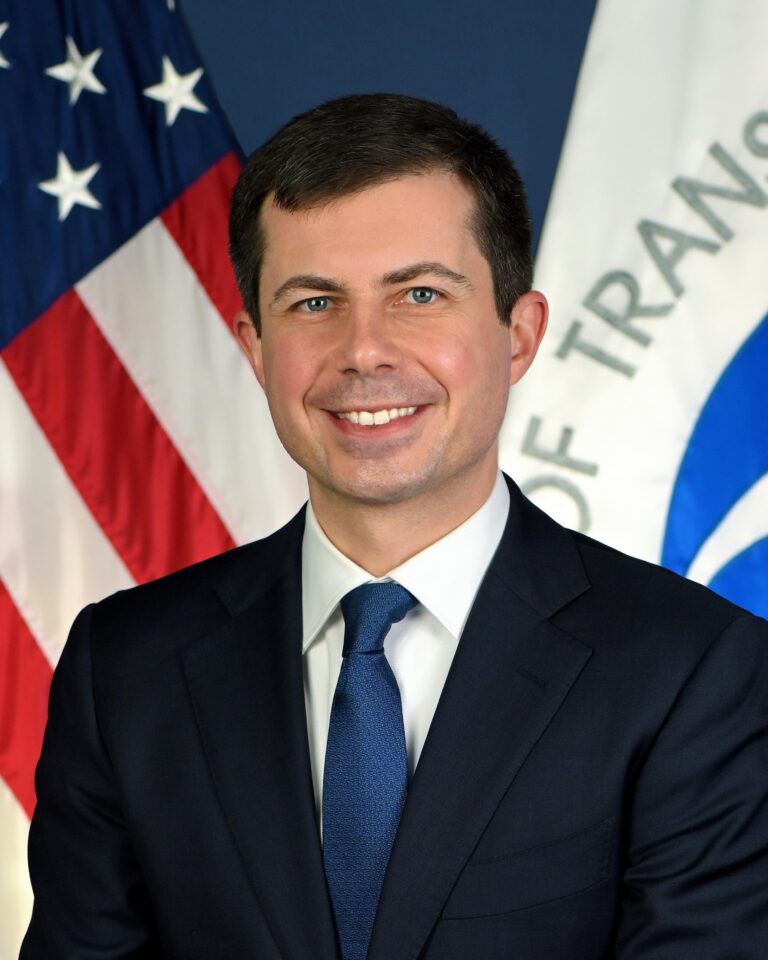Pete Buttigieg: Steering the Democratic Party Through Political Challenges and Future Prospects
ButtigiegŌĆÖs Rise and Its Impact on Democratic Strategy
From his beginnings as the mayor of South Bend, Indiana, Pete Buttigieg has rapidly emerged as a significant force within the Democratic Party and the broader U.S. political landscape. His distinctive approach, blending progressive ambitions with pragmatic centrism, has injected new energy into Democratic tactics amid ongoing internal debates and evolving voter profiles. ButtigiegŌĆÖs leadershipŌĆömarked by intellectual depth, youthful enthusiasm, and a message of unityŌĆöpushes the party to reconsider its approach to pressing issues such as infrastructure renewal, climate policy, and economic growth, all while striving to maintain the support of a diverse electorate.
Among the strategic innovations Buttigieg has championed are:
- Broadening voter outreach through inclusive rhetoric that appeals across generational and ideological divides.
- Leveraging data-driven insights to enhance grassroots mobilization and digital engagement at the local level.
- Reframing economic justice to resonate with both suburban households and working-class communities.
| Strategic Element | ButtigiegŌĆÖs Approach | Democratic Party Shift |
|---|---|---|
| Communication | Optimistic, inclusive messaging | Move toward centrist, less divisive discourse |
| Policy Focus | Innovative infrastructure and modernization | Emphasis on tangible economic outcomes |
| Voter Engagement | Targeted micro-campaigns using analytics | Technology-enhanced, data-centric outreach |
Challenges in Uniting a Fragmented Democratic Coalition
Despite his swift rise, Buttigieg faces significant hurdles in bridging the ideological and generational divides within the Democratic Party. Progressive members push for bold reforms in healthcare, environmental policy, and social equity, while centrists favor cautious, step-by-step progress. Navigating this spectrum demands a nuanced balancing act to maintain trust across factions. Moreover, the partyŌĆÖs demographic diversityŌĆöfrom young voters eager for systemic change to older constituents focused on electabilityŌĆöadds complexity to his efforts to foster cohesion.
Key obstacles Buttigieg must navigate include:
- Ideological Divergence: Reconciling progressive goals with centrist realism.
- Electoral Unity: Aligning grassroots activism with party leadership.
- Messaging Challenges: Crafting narratives that resonate with varied demographic groups.
- Policy Agreement: Achieving consensus on divisive issues without diluting core principles.
| Issue | Potential Impact | ButtigiegŌĆÖs Strategy |
|---|---|---|
| Progressive Expectations | Risk of alienating moderate voters | Advocates for phased reforms |
| Centrist Skepticism | Possible decline in grassroots enthusiasm | Engages directly with community leaders |
| Generational Differences | Fragmented voter alignment | Promotes inclusive, unifying language |
Policy Innovations Under ButtigiegŌĆÖs Leadership
Revolutionizing Infrastructure with Sustainability and Equity
In his role as U.S. Secretary of Transportation, Buttigieg has spearheaded ambitious efforts to revamp the nationŌĆÖs infrastructure, emphasizing sustainability and equitable access. His policies focus on creating integrated transportation networks that marry environmental responsibility with practical commuter needs. Central to this vision is improving connectivity for underserved communities while fostering economic growth. By channeling federal funds, Buttigieg encourages state and local authorities to adopt cutting-edge technologies, including expanded electric vehicle charging stations and smart traffic management systems, setting a new standard for 21st-century transit solutions.
Assessing Progress: Successes and Continuing Obstacles
Although ButtigiegŌĆÖs agenda has received commendation, its rollout encounters tangible challenges. The table below highlights key metrics illustrating achievements alongside areas requiring further effort:
| Policy Area | Objectives | Current Progress | Challenges |
|---|---|---|---|
| Electric Vehicle Network | Deploy 1 million chargers by 2030 | About 300,000 chargers installed | Supply chain disruptions and material shortages |
| Public Transit Expansion | Increase ridership by 15% | 8% growth nationwide achieved | Unequal funding allocation across states |
| Climate Resilience Projects | Reduce infrastructure carbon emissions by 40% | Initiatives active in 15 states | Regulatory hurdles and project delays |
These indicators reveal a promising yet complex trajectory, where ButtigiegŌĆÖs policies drive innovation but must overcome entrenched systemic barriers. His ability to navigate these challenges will be crucial in shaping the lasting legacy of his tenure.
Enhancing ButtigiegŌĆÖs Role Within the Democratic Party
Broaden Policy Inclusiveness: While ButtigiegŌĆÖs centrist stance appeals to moderate voters, adopting more progressive initiatives could help unify the partyŌĆÖs left flank. Emphasizing aggressive climate policies, comprehensive healthcare reform, and student debt relief would expand his appeal and address critiques of centrism.
Strengthen Grassroots Engagement: Deepening connections with local communities is vital for ButtigiegŌĆÖs long-term political influence. This entails investing in community organizing, increasing outreach in marginalized areas, and forging partnerships with labor unions and minority groups. Empowering grassroots leaders to champion his vision can build authentic momentum beyond mainstream media narratives.
| Focus Area | Recommended Action |
|---|---|
| Climate Policy | Implement comprehensive Green New Deal-style initiatives |
| Healthcare | Advocate for Medicare for All or strong public healthcare alternatives |
| Economic Justice | Support student loan forgiveness and increase minimum wage |
| Community Outreach | Conduct nationwide listening tours and town hall meetings |
Concluding Reflections
As the Democratic Party navigates a rapidly evolving political landscape, Pete ButtigiegŌĆÖs rise embodies both a generational shift and a pivotal test of the partyŌĆÖs ability to reconcile its diverse factions. Whether he will become the transformative leader many expect remains uncertain. Nonetheless, ButtigiegŌĆÖs growing influence will remain a key focus for political analysts and party members as Democrats chart their future direction.




